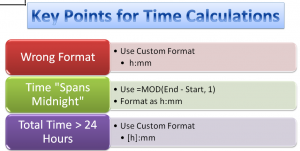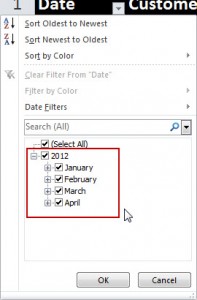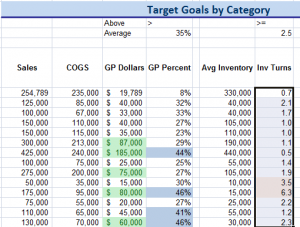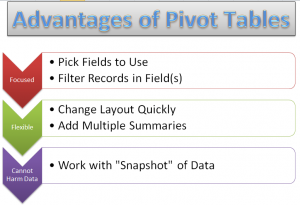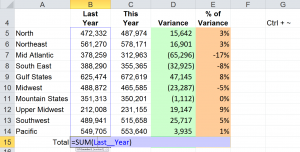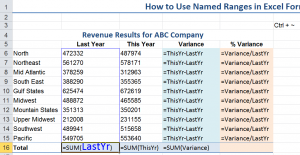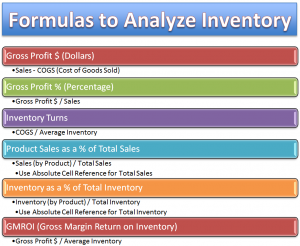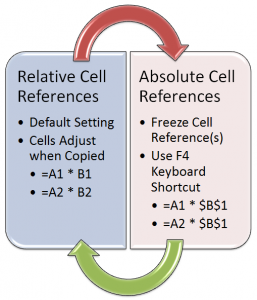 One of my viewers – Ben from the UK – wrote to tell me that he needs to learn how to create Hyperlinks in Excel in preparation for a job interview this week. He asked me that, since he could not find a decent YouTube video on this topic, to create a tutorial demonstrating ow to create Hyperlinks in Excel.
One of my viewers – Ben from the UK – wrote to tell me that he needs to learn how to create Hyperlinks in Excel in preparation for a job interview this week. He asked me that, since he could not find a decent YouTube video on this topic, to create a tutorial demonstrating ow to create Hyperlinks in Excel.
Hey, in these tough economic times, I am happy to help as many people as I can. However, given my time constraints – and, my need to make a living from my video resources – I invite you to purchase one or more of my many resources on my secure online shopping website – http://shop.thecompanyrocks.com
Topics Covered in this Excel Video Tutorial
In this video tutorial, I demonstrate how to:
- Create a simple Hyperlink to another worksheet in your Excel workbook
- Create Hyperlinks that “Return you” to your main “Dashboard” worksheet
- Hyperlink to other programs – e.g. PowerPoint
- Create hyperlinks that direct a viewer to send you an E-Mail message
- Hyperlinks to websites
I am the first to admit that the Insert / Edit Hyperlinks Dialog Box is confusing and “too busy” for my tastes. However, in this video tutorial, I demonstrate how to navigate through this Dialog Box and also, how to get te most out of it. For example, how to change the “text displayed” for the Hyperlink while working in the Dialog Box.
Watch this Video in High Definition
Click here – on this Hyperlink – to watch this video in High Definition on my YouTube Channel – DannyRocksExcels
View this Totorial Now!
Purchase My Resources to improve your Excel Skills
If you are in a similar situation as Ben – where you need to demonstrate specific knowledge of MS Office Programs Skills – why trust your luck? Rather, improve your skills – and your odds for securing a new job or a promotion!
I invite you to purchase one or more of my down-to-earth video tutorials. Visit my secure online shopping website – http://shop.thecompanyrocks.com















